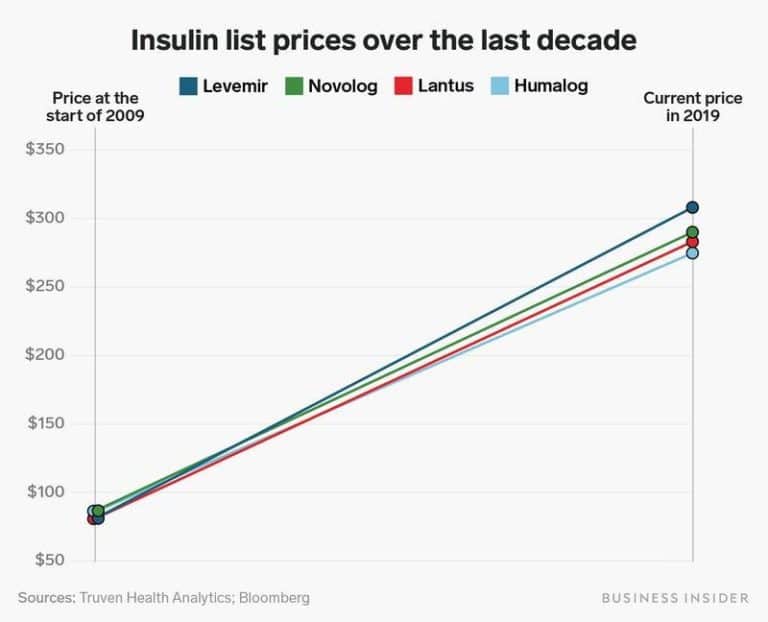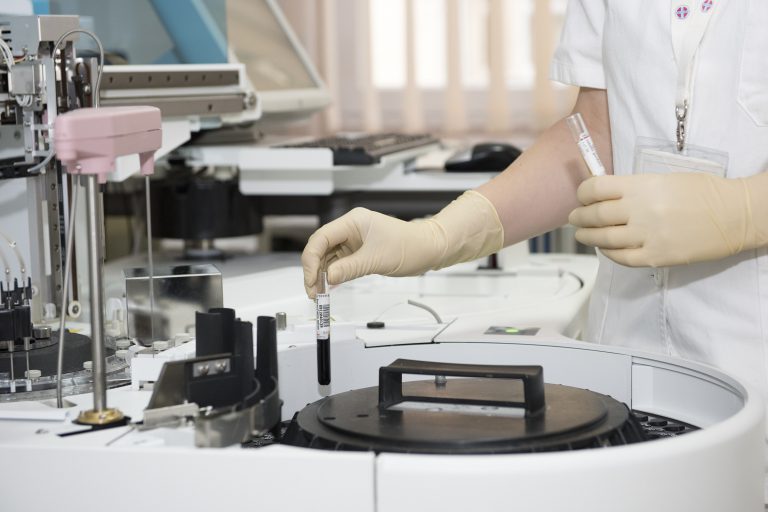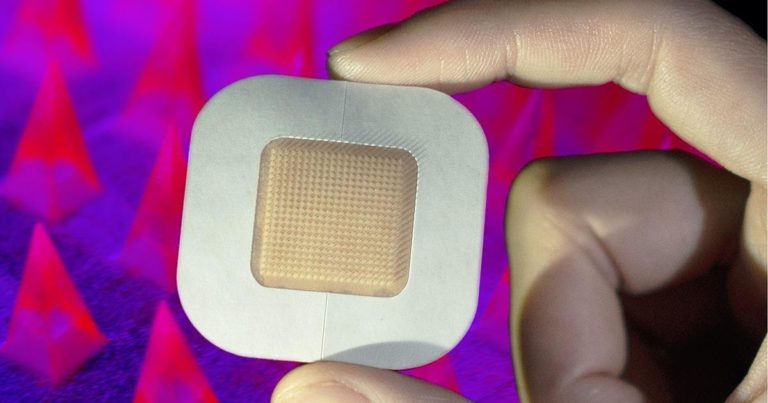What is the Open Insulin Project?
The prices of insulin have soared in the last few years. Insulin is one of the essential drugs that has been commonly used for the treatment of diabetes. The increase in the prices of this medication has left millions of patients with diabetes in a lurch, as we’ve previously covered in our blog post on the skyrocketing insulin prices.
Now, a group of bio-hackers are on a mission to find a solution to this problem through the Open Insulin Project. Their goal is to develop a small-scale, community-centered model for insulin production to make insulin accessible to all.
Read on to learn more about this great initiative, it’s timeliness, and how it is expected to help thousands of patients struggling with diabetes.
Importance of insulin in the management of diabetes
Diabetes is a common metabolic disorder that occurs when the pancreas is no longer able to produce any or enough insulin. Insulin is a hormone that helps in regulating blood sugar levels. Insulin can help the body use carbohydrates for energy thus lowering blood sugar levels. Diabetes caused due to the inadequate production of insulin in the pancreas is referred to as type 1 diabetes.
Diabetes can also occur when the cells in the body build resistance to insulin. This form is called type 2 diabetes. You can read more here on the different types of diabetes here.
The key to the puzzle – Insulin
Insulin was first used as a medication for the treatment of diabetes in the early twentieth century. Since then, insulin injections have formed an integral part of diabetes treatment. Here you can read more about the history of diabetes.
People with type 1 diabetes depend on insulin injections for preventing serious complications. Without regular insulin treatment, they are likely to face a risk of life-threatening consequences as it can cause the blood to turn acidic, and even affect the functions of vital organs like heart, kidneys, nerves, and eyes.
Lack of adequate insulin production and the resulting increase in blood sugar levels can also lead to dehydration, blurring of vision, diabetic retinopathy and cataracts.
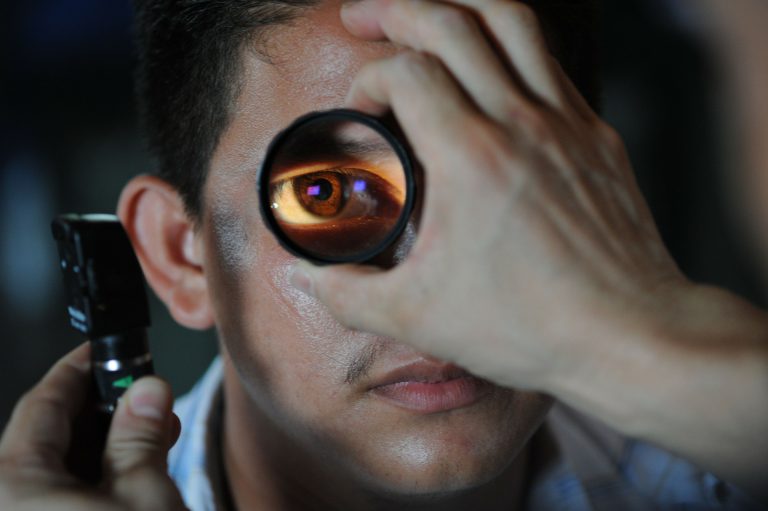
Complex regulatory framework related to the patents of essential drugs and lack of competition have enabled the leading pharmaceutical companies to increase the prices of life-saving drugs like insulin.
The rise in the cost of insulin is of great concern given how essential it is for patients with diabetes. It seems difficult to justify, taking into account the fairly low costs involved in its production. Generally speaking, these medications are easy and cheap to manufacture. The higher costs are mostly aimed at recovering the expenditure involved in the research and development.
However, most manufacturing companies are inclined to raise the prices further or avoid reducing the prices of the medications even after they have recovered the expenses related to the research and development.
This could make diabetic patients vulnerable to lose out on the opportunity to receive the best treatment that could improve their chances of better prognosis. The increased cost of insulin has deprived a large number of diabetic patients of the chance to undergo continuous treatment, putting them at risk of serious complications.
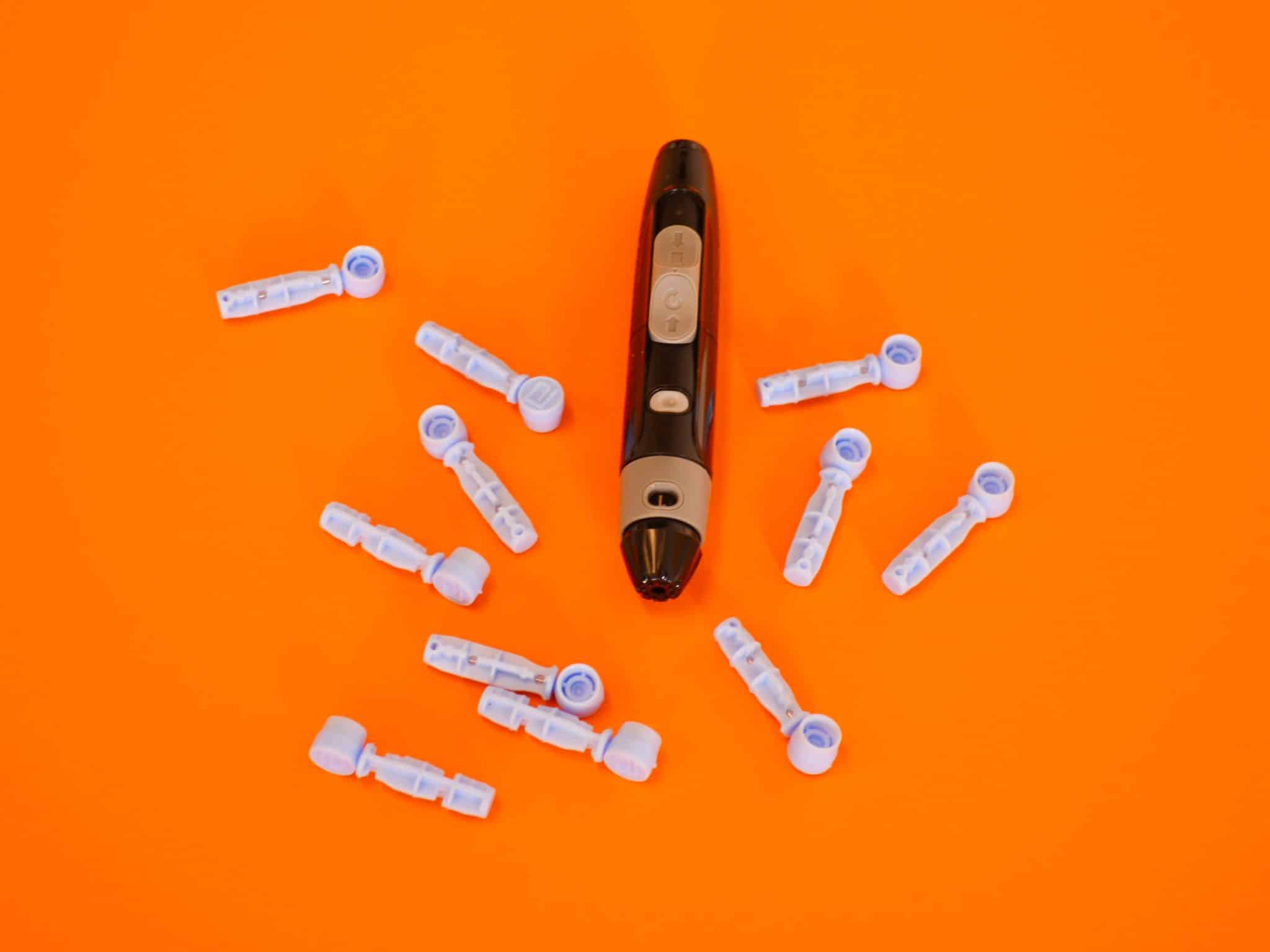
Many feel that the time has come to address the issues of the rising cost of insulin. This is what the Open Insulin Project aims to do.
Below you can learn more about the Open Insulin Project and how it is set to change the lives of millions of diabetis patients for the better.
What is exactly the Open Insulin Project?
Patients with diabetes experience multiple health issues and complexities that can not be covered by just one solution. This is why it is important to continue to bring forth efficient programs that could benefit the patients directly and work toward the much-needed systemic reform.
For most insured diabetic patients, the higher cost of insulin is borne primarily by the insurers, and hence, it remains largely hidden. However, for patients without insurance or for those having a high-deductible plan that requires them to pay for their medications until they hit the pre-determined amount, the higher prices could make a huge difference.
The lead scientist of the Open Insulin Project, Yann Huon de Kermadec, a 33-year-old French biochemist, is working towards designing a new form of insulin. It is a yeast cell that has been genetically engineered to create a form of insulin that can be used by people for the treatment of diabetes.
What makes the Open Insulin Project the need of the hour is that the research is expected to make insulin much cheaper and hence, more easily available for diabetic patients.
How to reduce insulin costs
The Open Insulin Project has managed to do this by picking two sequences of genes. The first one can produce a protein, which can be used to produce insulin. The second one can make yeast resistant to some specific antibiotics.
By using these genes, Yann Huon de Kermadec and his team of researchers created a formula for the plasmid, a small circular part of the DNA. A small quantity of the plasmids was manufactured later in a small plastic vial. Then, the researchers jammed these plasmids into the yeast cells and added the antibiotic solution to these cell cultures. This is where the second antibiotic-resistance gene came into the picture.
The cell cultures that could adopt the plasmids successfully into their DNA were able to survive, while those that could not adapt, died out. This step of the process was aimed at growing the surviving cells, such that they contained the genes that could produce the precursor proteins for both insulin as well as antibiotic resistance.
The yeast cells, thus produced, have molecules of the size of insulin and this is a very good sign for diabetic patients as well as healthcare professionals across the world trying to offer better treatments to their patients.
However, there is still a long way to go before the insulin produced through this process can be made available to patients for treatment purposes.
If this project is successful and is able to reach the phase of production, it would still have to conform to the Good Manufacturing Practice recommended by the FDA that requires the pharmaceutical companies to produce medicines, foods, and medical devices based on a certain set of regulations only.
Hence, the researchers involved in this project plan to share this insulin-production method online in order to cross the state lines.
Yet, there may be some other legal issues involved. Partnering with other players in the pharmaceutical and healthcare systems, such as hospitals, might offer solutions to this issue. This might make the final product expensive thus negating the very purpose of the project, which is to make insulin available to all the patients at a reasonable price.
Ultimately, one of the goals of the Open Insulin Project could be to facilitate the production of insulin in mini-labs across the U.S. The group also intends to make the plan for their insulin-producing yeast available on online sources, though only for research purposes.
The Open Insulin Project wants to reverse-engineer the ways adopted by some of the largest pharmaceutical companies in the world for producing insulin by turning over the instructions directly to the public. This would allow any person with reasonable financial support to build a DIY lab to start producing open-source insulin.
In short, the Open Insulin Project is creating a freely available (open-source) model for the production of insulin that is centered around small-scale, sustainable manufacturing.
It is all about the insulin
The team is developing a protocol for the production of lispro (short-acting) and glargine (long-acting) insulin. They’re also working on developing an open-hardware equivalent to the traditional production equipment. The team is also researching the sustainable regulation pathways that could make this form of insulin easily available to the public, and building capacities for small-scale local manufacturing.
These strategies are expected to increase the worldwide production of insulin and eventually, bring down the cost of this essential drug. This will bring a huge relief to diabetic patients as it will allow them to receive regular and uninterrupted treatment without having to worry about the cost of this essential medication.
The Open Insulin Project seems to have derived inspiration from the creator of WordPress, Matt Mullenweg. Matt Mullenweg believes that open source can transform every industry, with WordPress being the key example of it in the field of web publishing.
Similarly, WooCommerce has marked its presence in the online commerce industry, Wikipedia in references, and Ethereum and Bitcoin in finances, all by adopting the theme of open source.
Medicine, although, has been left largely unscathed so far. But, not anymore! The Open Insulin Project would bridge this gap by sharing the protocol for insulin production to promote the widespread production of this essential drug.
The benefits of the Open Insulin Project for diabetic patients
The increase in the cost of insulin could prevent a large number of diabetic patients from receiving regular treatment. The interruptions in the treatment due to the lack of finances can put these patients at risk of developing serious complications like diabetic retinopathy, cataract, macular edema, nephropathy, neuralgias, and much more.
The Open Insulin Project has the potentinal to make insulin production cheaper and easier. This would ensure diabetic patients are able to source these essential drugs with ease. This would enable them to receive regular treatment for controlling their blood sugar level and protect them against the risk of complications.
It would also ease their mental stress and anxiety related to managing the high cost of treatment. This is expected to improve their mental health, reduce stress, and thus, restore hormonal balance thereby enhancing diabetes control further.
Conclusion
Open Insulin Project has brought a ray of hope for diabetic patients across the world. The easier availability of insulin at a lower cost would help them manage diabetes in a more efficient way and reduce their chances of developing retinopathy and other complications.





